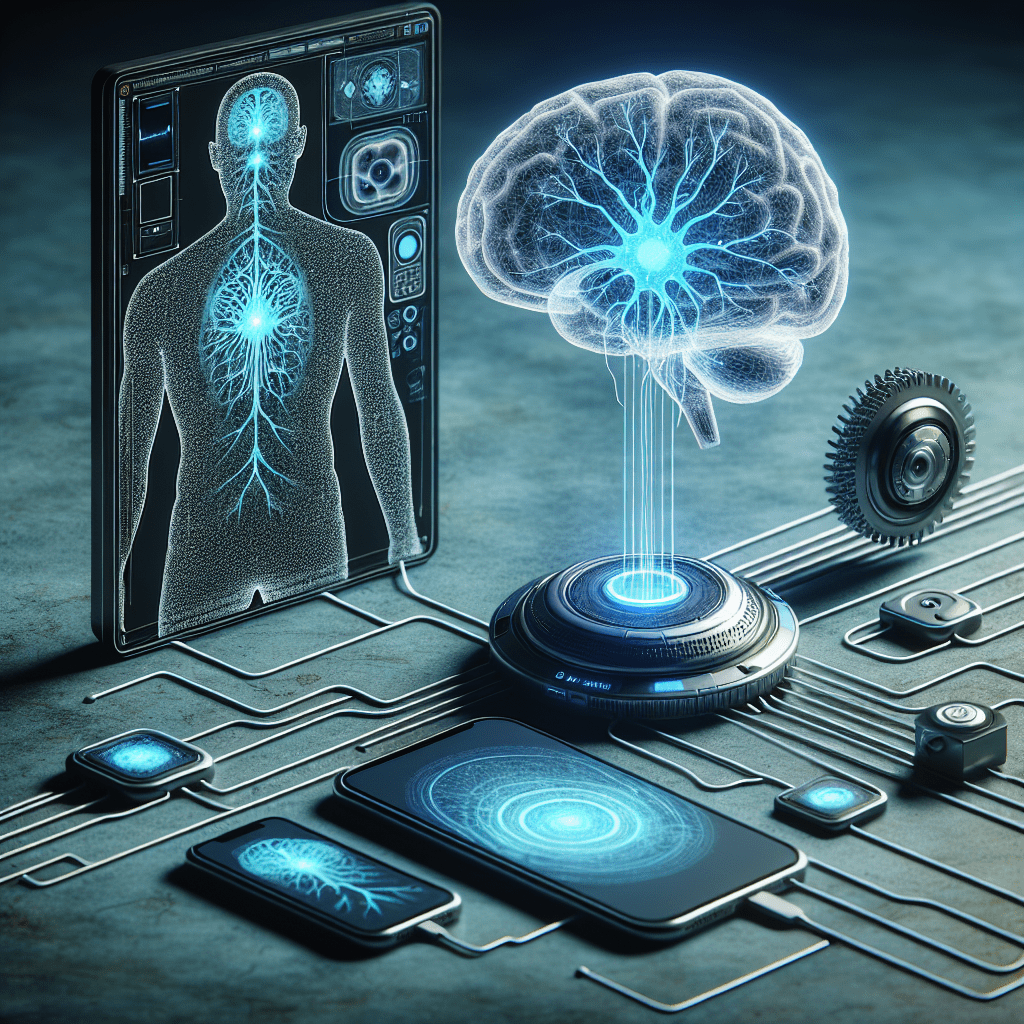# The Aspirations and Challenges of Neuralink: Bridging Minds and Machines
Since the dawn of civilisation, humans have sought to expand their capabilities beyond the innate faculty of their bodies and minds. In this age of rapid technological growth, a cutting-edge venture is making strides in possibly revolution’s human interaction with technology. Neuralink, a neurotechnology company founded by Elon Musk, is at the forefront of developing brain-machine interface (BMI) technology, which aims to merge the human brain with artificial intelligence (AI). Here we delve into the innovations Neuralink is pursuing, explore the potential implications of such technologies, and consider the ethical and technical challenges they might bring.
The Vision of Neuralink: Merging mind with machine
Neuralink was founded with the high-concept objective of integrating the human brain with computer interfaces. This brain-machine interface (BMI) technology theoretically enables direct communication pathways between an enhanced brain and external devices. In Musk’s vision, Neuralink is not merely a tool for dealing with neurological conditions but a step towards a symbiotic relationship between humans and artificial intelligence, essentially allowing humans to ‘keep up’ with AI.
At its most ambitious, Neuralink envisions a future where humans could upload and download thoughts, enhance memory or even achieve a kind of telepathy. The company’s more immediate goals are to develop devices that can help treat various neurological conditions like Alzheimer’s, dementia, spinal cord injuries, and possibly even restore sensory and motor function to individuals who have suffered from strokes or other brain-related injuries.
Neuralink’s Approach: The Link Device
Neuralink’s most discussed development is ‘The Link’, which is a coin-sized device designed to be implanted in the cranium. The Link would house electrode-laden flexible threads finer than a human hair that could monitor brain activity at an unprecedented resolution and potentially stimulate neurons as well. This technology leverages a robotic arm specifically designed for precision implanting these threads into the brain in a less invasive way than current deep brain stimulation methods.
Extensive research is required to develop algorithms capable of interpreting complex neural patterns. The interpretation of these patterns can be used to inform machine learning processes, which could decode intentions that may then be transmitted to execute movement in an external device such as a computer or robotic limb.
Progress So Far: Tests and Demonstrations
Neuralink has made headlines with its demonstrations on animals showing the functionality of its BMI technology. The most notable was that involving a pig named Gertrude, where live-streamed data showed neural activity related to movements of the snout being registered by The Link device in real time.
In another demonstrative leap forward, Neuralink showcased a macaque monkey named Pager equipped with The Link, who was able to play simple video games via the implant without using his hands, hinting at the potential for paralyzed individuals to interact with computers or smartphones purely through their thoughts.
Ethical Considerations and Public Dialogue
As is often the case with emerging technologies that push the boundaries of what is possible, Neuralink has inspired public discourse on ethics. Key concerns relate to privacy, autonomy, and identity. There is also fear about the potential for hacking or misuse of such potent devices once integrated into the human mind.
The possibility of creating social inequalities is another concern if such BMI technologies become costly enhancements available only to some. Moreover, how such technology would be regulated when it affects something as personal and complex as human cognition has yet welcomed clear measures or guidelines.
Technical Hurdles and Safety Issues
While Neuralink has demonstrated that its technology can work with animals, there remain significant hurdles in adapting these systems for safe and effective use in humans. Understandably, safety is a paramount concern—a malfunctioning device could have catastrophic implications for someone’s neurological health or overall wellbeing.
Moreover, any software related to translating brain activity must not only be extremely precise and reliable but also need to contend with each individual’s unique neural architecture. Long-term viability of implants without rejection or degradation over time adds another significant challenge for researchers.
Looking Ahead: The Horizons of Brain-Machine Interfaces
Neuralink’s venture illuminates a future where brain-machine interfaces may remodel medicine, communication, entertainment, and even what it means to be human. While we are likely still years away from seeing clinical applications intended by Neuralink become commonplace—the journey towards understanding and integrating BMIs represents a transformative chapter in technological advancement.
Notes
*Image description: A graphic illustration showing a close-up view of ‘The Link’ device designed by Neuralink placed next to a human silhouette with neuron activity highlighted while interfacing with various smart devices depicting how this technology promises connectivity between brains and machines.*

